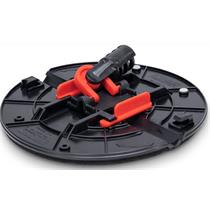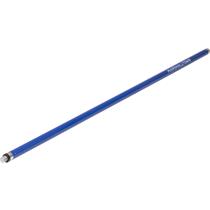Picture this: You're using a radial sander to achieve a flawless finish on your wall, but then you hit a corner. Time to switch to a different tool like your standard rectangular pole sander, hand sander, or sanding block, right?
What if one tool could handle both walls and corners?
Introducing the WAL-BOARD TOOLS Folding Radial Sander, a true game-changer for drywall finishing. Designed for versatility, it works equally well for both flat walls and inside corners. This drywall tool adjusts to 90° for square corners and to 85° for those slightly off corners. It's easy to use and eliminates the need for additional tools, saving you time on the job.
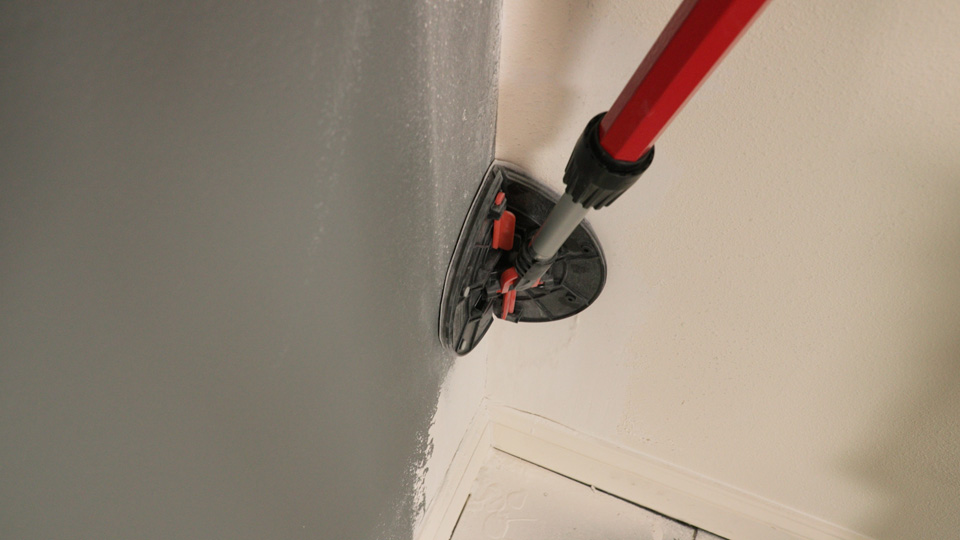
Step‑by‑Step: How to Use It
1. Set Up Your Sander
Start by attaching a 9″ hook‑and‑loop sanding disc to the Folding Radial Sander head. With the 9" circular head, this sander covers nearly 2X more surface area than a standard rectangular pole sander.
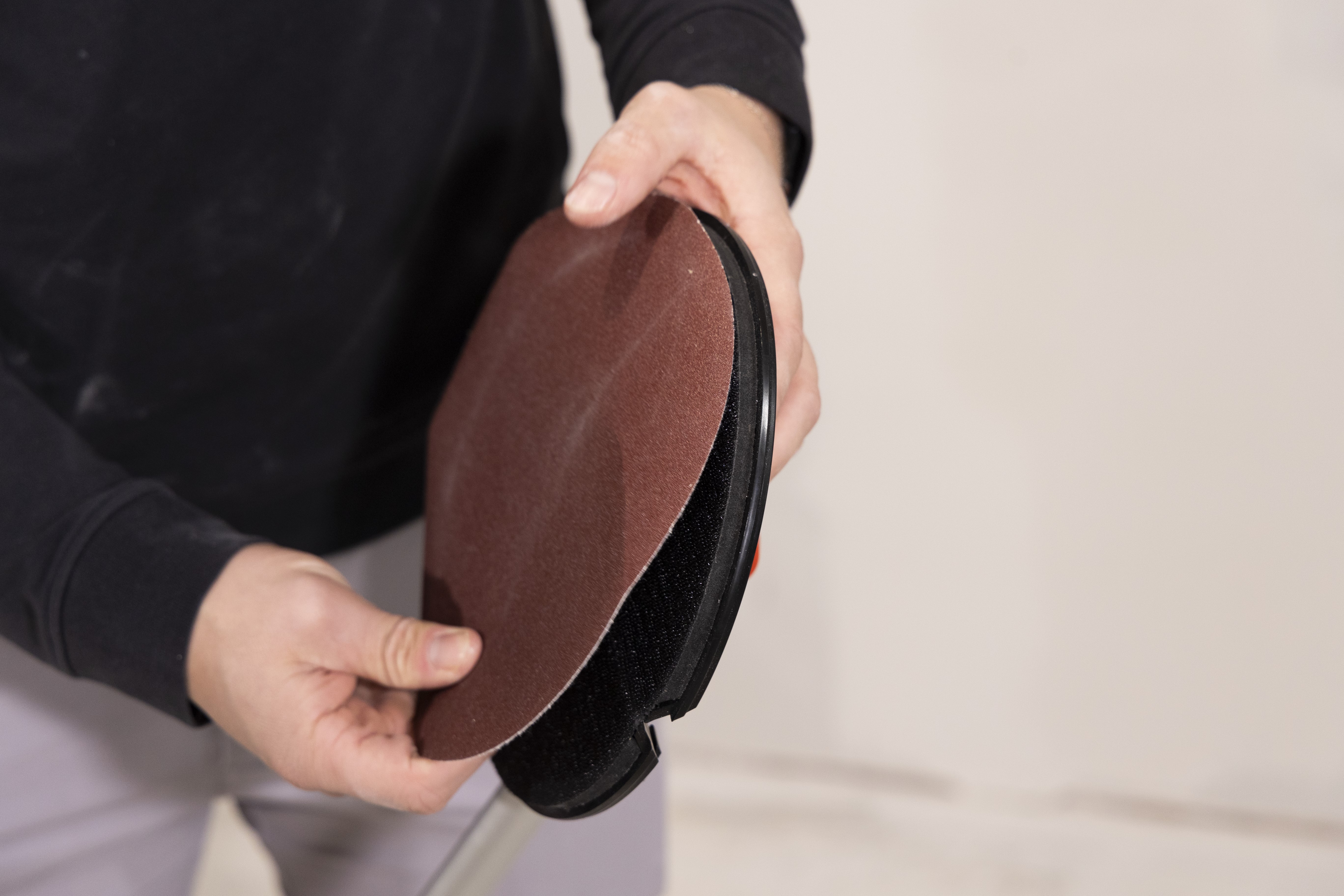
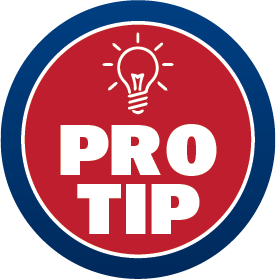
Start with 120‑grit for seams and 220 for final passes.
Screw in an extension pole or broom threaded handle, making sure it's tight and secure. We recommend the MARSHALLTOWN 48" Pole Sander Handle, or for an even stronger grip, the MARSHALLTOWN Octagon Aluminum Extension Pole.
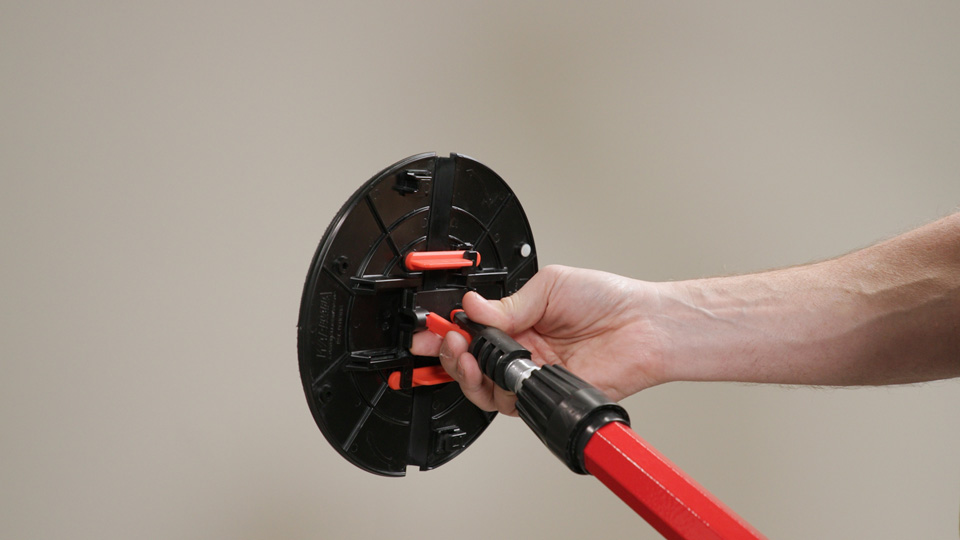
2. Start with the Walls
Always sand walls before corners. Folding the sander head creates a crease in the pad, which can make flat sanding less smooth afterward.
For wall sanding, make sure the sanding head is fully extended and locked flat. Then, hold the pole so the sanding pad is flush against the surface and use broad, overlapping circular or sweeping motions for even coverage.
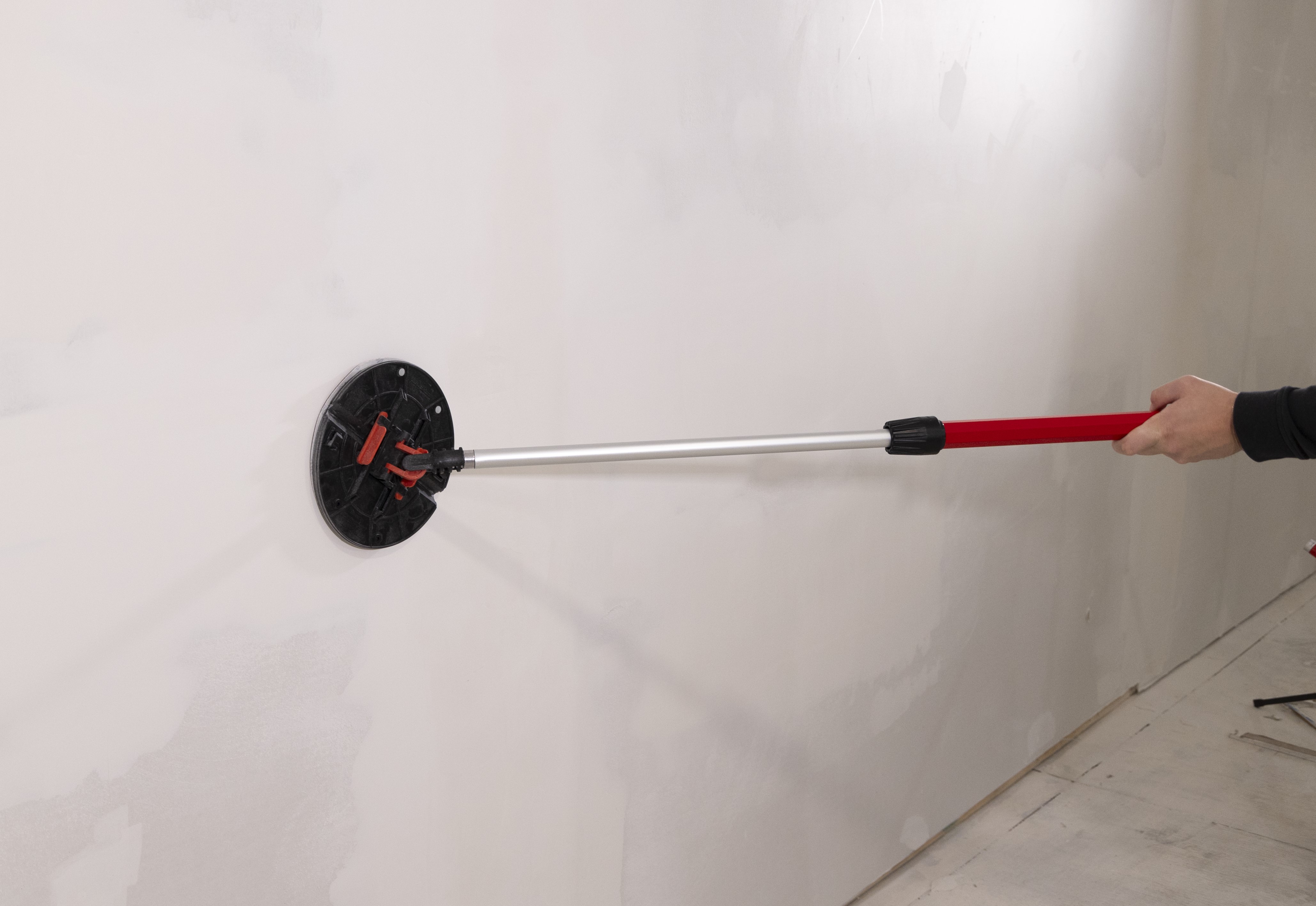
The U-Joint swivels smoothly in all directions, providing you with 360° of flawless movement. Its round shape distributes pressure evenly, so you can avoid gouges and uneven spots.
3. Easily Switch to Corners
To tackle the corners, you will need to adjust the sanding head into position following three steps:
• Remove the sanding disc and crease it down the center
• Align the red clips with the center crease, using the arrows as a guide
• Reattach the sandpaper, and you're ready to go

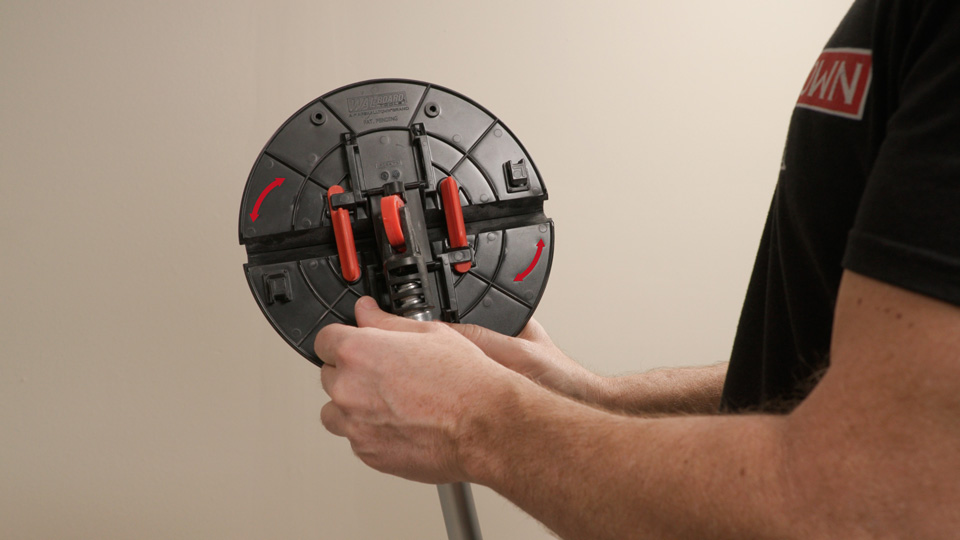
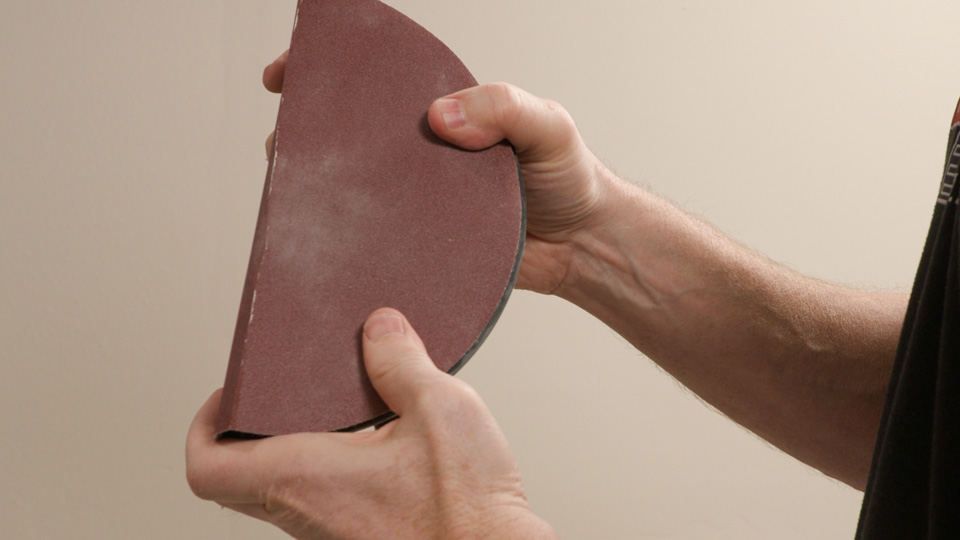

Use a pole that's about half the height of the wall for the best control in tight spaces.
Sanding Disc Swaps
When you're ready for a new sheet of sandpaper, just peel off the old and replace it with the new. Don't wait too long to change the sandpaper! Worn-out sandpaper discs can gouge the drywall!
The WAL‑BOARD Folding Radial Sander is a must-have for every drywall pro and serious DIYers, too. With one tool, you cover flat walls and inside corners more efficiently, cleanly, and precisely. It saves you time and reduces the hassle, ideal for leveling a surface to perfection before painting.
FAQs
Q: What makes the Folding Radial Sander different from a traditional pole sander?
A: The Folding Radial Sander features a 9″ round head that can fold to 90°, making it ideal for sanding both flat surfaces and inside corners. Unlike traditional rectangular sanders, it provides greater coverage and even sanding thanks to its foam-backed, hook-and-loop design and pivoting U-joint.
Q: Can I use this sander for inside corners?
A: Yes. The head folds to a 90° angle specifically for sanding inside corners. You can also apply more pressure, adjusting it to 85° for less-than-perfect corner angles, ensuring full and even contact with both surfaces.
Q: What type of sandpaper does it use?
A: It uses 9″ hook-and-loop (Velcro) sanding discs. These are easy to change and stay securely attached during use. You can find them in various grits (e.g., 120, 150, 220) depending on the stage of your drywall project.
Q: Does it work with any pole?
A: Yes. The Folding Radial Sander head uses a ¾″-5 ACME thread, which fits most standard threaded broom or extension poles. No special pole is required.
Q: Can I use it on ceilings?
A: Yes, the swivel head and lightweight design make it suitable for sanding ceilings, walls, and high areas. Just ensure your pole is long and sturdy enough for overhead work.
Q: How does the U-joint help?
A: The U-joint allows the sanding head to pivot smoothly, which helps maintain consistent surface contact even when you change direction or angle. This results in more uniform sanding and reduces user fatigue.
Q: Will it gouge or damage drywall?
A: Not if used correctly. The foam-backed pad distributes pressure evenly, and the rubber ring helps prevent wall damage. Avoid pressing too hard—let the sander do the work for a smooth finish.
